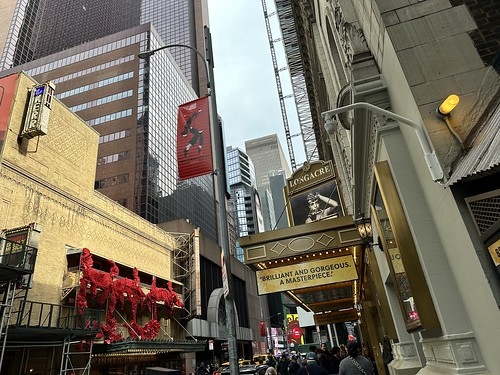"... Dave Van Ronk would later relate that for weeks afterwards, all anyone had to do was sing 'Hello darkness, my old friend,' for everyone around to break into laughter. Bob Dylan was one of those who laughed at the performance — though Robert Shelton later said that Dylan hadn’t been laughing at them, specifically, he’d just had a fit of the giggles — and this had led to a certain amount of anger from Simon towards Dylan."
That's from the podcast "A History of Rock Music in 500 Songs," "Episode 135: 'The Sound of Silence' by Simon and Garfunkel."
I've never been much of a Simon and Garfunkel fan, though, of course, I've often enjoyed listening to their songs. They did seem self-absorbedly gloomy, and I completely identify with the people who thought it was funny to intone — out of the blue — "Hello darkness, my old friend." I have a vivid memory from 1965, when "I Am a Rock" was a hit, and I was 14. I was with some of my girlfriends and a boy from our class, walking by, suddenly and, I think sincerely, sang out "I Am a Rock." Oh, how we laughed at him! It still makes me laugh. You're a rock, are you? That's so interesting. I guess if he was a rock, our derision didn't hurt him.
Knowing little of S&G's background, I learned a lot from that episode:




